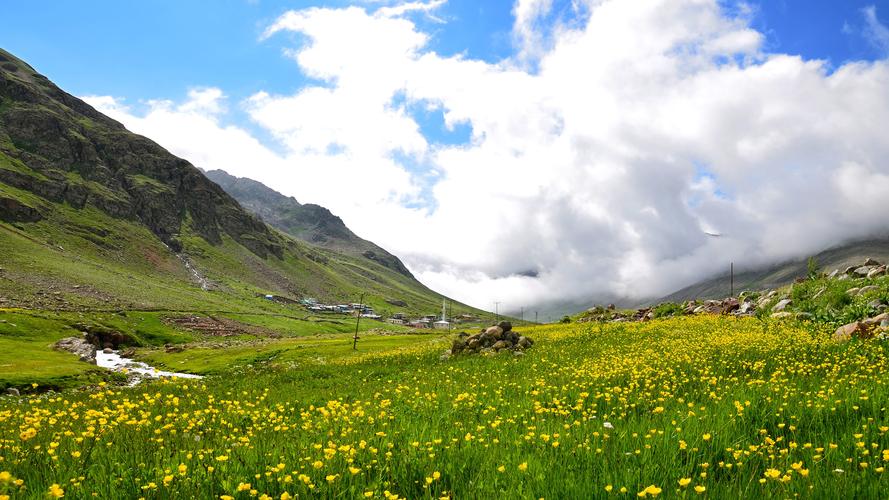In the heart of Southeast Asia lies the beautiful archipelago known as the Philippines, a country steeped in rich cultural traditions that has been shaped by an eclectic mix of foreign influences. From colorful fiestas to vibrant dances, the country is a testament to the diversity of human culture.
One of the most fascinating aspects of Philippine culture is its food. The cuisine features an array of flavors that reflect the country’s history and geography. For example, the Spanish colonial influence is prominently visible in dishes like adobo and lechon, while indigenous ingredients such as coconut, banana, and mango lend a tropical twist to the cuisine.
Dances are also an integral part of Philippine culture, with each region showcasing unique styles. The Tinikling, for instance, is a popular dance that involves performers nimbly moving their feet between bamboo sticks to rhythmic beats. The Kapa Malong-Malong dance, on the other hand, features women gracefully swirling colorful malongs, a traditional rectangular cloth skirt.
The country’s art and architecture are equally rich. The intricate carvings on centuries-old churches and houses showcase the Philippines’ historical connections with Spanish colonialism. The traditional textile art of the T’boli people, a community in Mindanao, features vivid colors and intricate geometric patterns, which are often passed down through generations of weavers.
Festivals also play an important role in Philippine culture. In February, Cebu City holds the popular Sinulog Festival in honor of the Santo Niño (Child Jesus). Dancers in colorful costumes gyrate to music while holding statues of the child Jesus, creating an energetic, festive atmosphere.
The Philippines’ cultural richness is further enriched by its language. The country has 19 regional languages, alongside the official national language of Filipino. Tagalog, the language spoken in Manila and surrounding areas, is widely spoken and is the basis for the national language.
In conclusion, the Philippines’ cultural traditions are a testament to the diversity of human culture. From food to dance, art to language, the country offers a glimpse into a fascinating mix of foreign influences and indigenous creativity. As the world becomes increasingly globalized, it is crucial to celebrate and preserve the unique cultural heritage of this beautiful country.
(Note: Do you have knowledge or insights to share? Unlock new opportunities and expand your reach by joining our authors team. Click Registration to join us and share your expertise with our readers.)
Speech tips:
Please note that any statements involving politics will not be approved.
